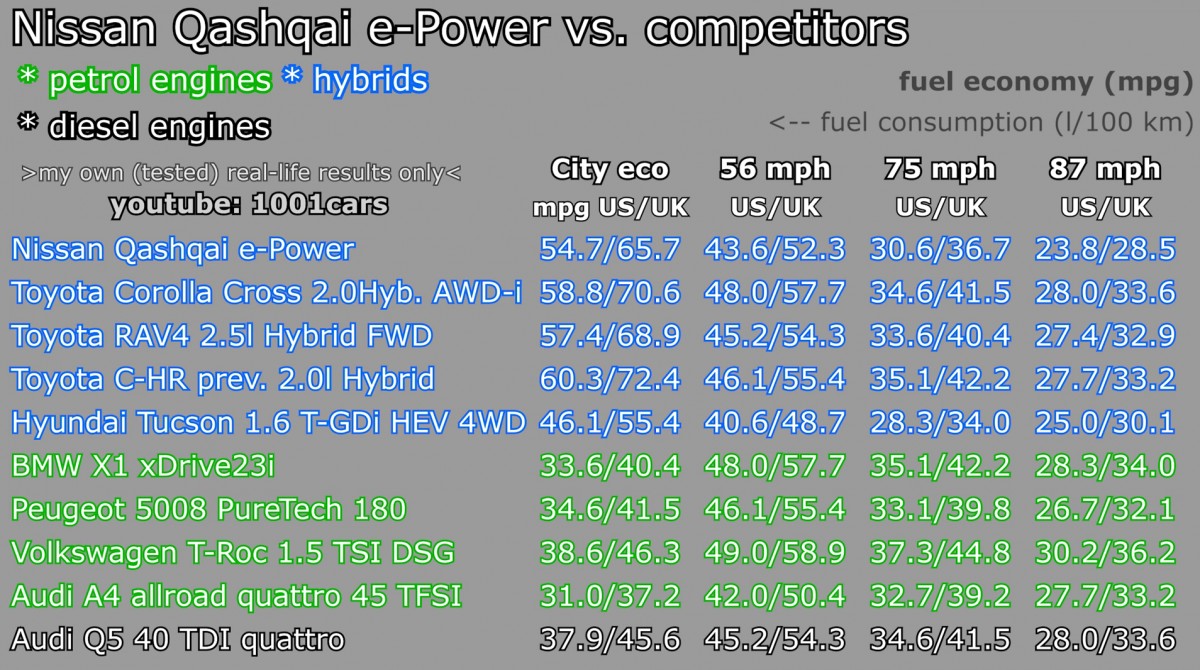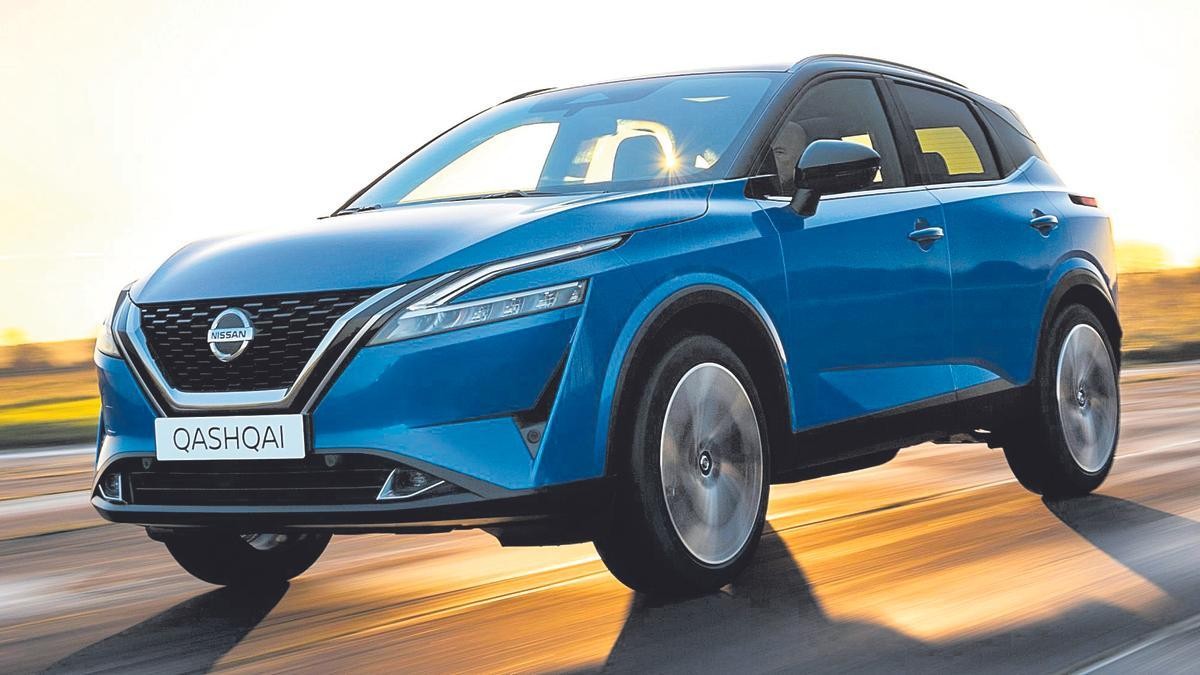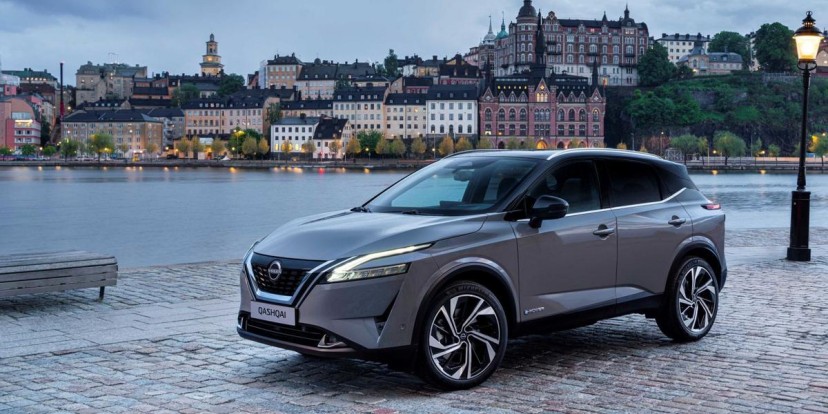[ad_1]
That is a type of “I told you so” moments and the military of Nissan executives surrounded by the corporate legal professionals might be up in arms, however there isn’t a different technique to put it – e-Energy hybrid system from Nissan merely sucks at saving the surroundings. In truth it’s worse than among the ICE rivals.
Video check shared on YouTube by consumer 1001cars might be among the best delusion busting workouts on the market. Its premise is easy – take one Nissan Qashqai e-Energy and put it in opposition to few different vehicles in actual life highway testing after which see what occurs. And what occurs is easy – Qashqai fails miserably to get anyplace close to the consumption claimed by Nissan and actually it’s worse than diesel rivals. Don’t take our phrase for it – right here is the video:
What’s the e-Energy system and why Nissan believes it is value your cash? After years of hybrid autos, the place a gasoline engine can be the principle driver with a small electrical motor connected to the gearbox (usually) serving to each time doable, the conclusion was that it’s simply not ok. Many hybrid autos have been discovered to be polluting far more than ICE autos, some hybrids had difficult AWD methods with two electrical motors, engine and smallish battery hoping to get 30 km of electrical vary. World wanted a greater resolution.
Nissan put a gasoline generator right into a automobile, then put two electrical motors (in AWD variations) to drive the automobile. That meant no connection between the ICE and the wheels, it’s there merely to supply electrical energy which then goes right into a small 2kWh battery to behave as a buffer. As soon as the battery cost runs low, the generator kicks in, costs it up and switches itself off. When lots of electrical energy is required for quick driving, the engine runs so long as it must however – in idea – it’s tuned for higher effectivity so it nonetheless pollutes much less. Plus you get the graceful torque distribution of an EV, so what’s to not like?
Electrification of autos is no-brainer, electrical motors are merely superior to gasoline or diesel engines and no person disputes that. The difficulty is power storage, we nonetheless haven’t cracked that drawback and the outcome is a large, clunky and mighty costly battery that each electrical automobile has to lug about.
Whereas the battery expertise advances at unprecedented pace, we don’t have a lot selection as clients. Both purchase an costly electrical automobile or stick round with the previous and not cool ICE powered relic of the gone-by period. Nissan thought it had an answer.

On paper it isn’t a horrible plan – use electrical motors as drive items as a result of they’re the most effective at it. Have the power produced on the go by a gasoline engine that’s tuned to its highest effectivity. Because the load on the engine is fixed as a result of it solely has to cost up a small battery and it has to ship fixed energy, it ought to use much less gasoline and consequently it ought to reduce its emissions drastically.
Nevertheless it seemingly didn’t account for the additional losses of the overly difficult drivetrain and spectacularly failed in actual life. To see the Qashqai use extra gasoline than VW T-Roc or an Audi Q5 is disappointing however in all honesty – not sudden.

The Nissan Qashqai solely manages to make sense within the metropolis driving and at gradual speeds, it clearly is the king of stop-and-go visitors. However as soon as the visitors clears and the highway opens up, the planet saving plans exit the window and the 1.5 liter 3-cylinder engine goes again to what it is aware of greatest – consuming gasoline as if there was no tomorrow.
[ad_2]
Supply hyperlink


